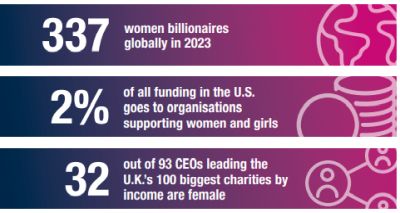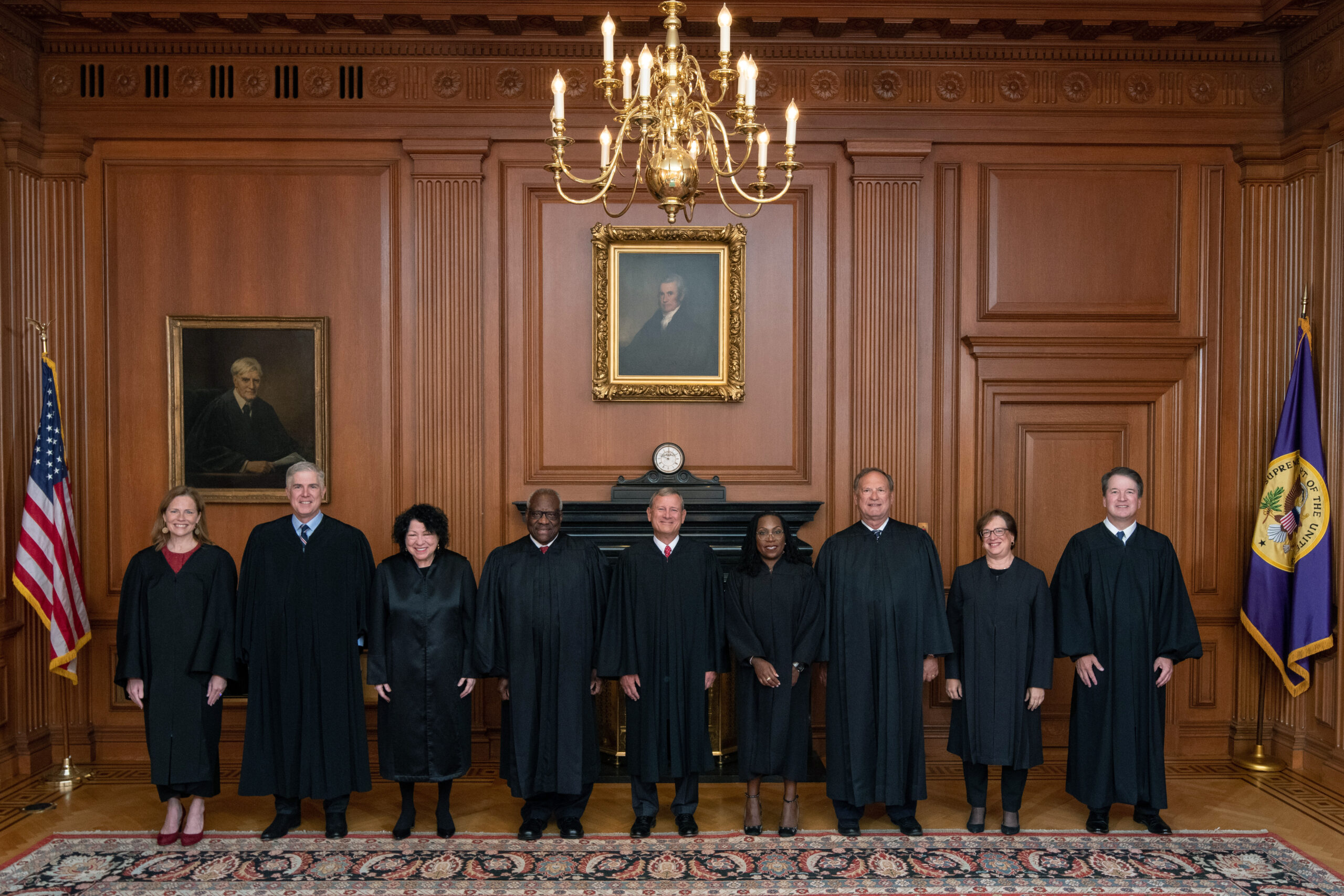To print this article, all you need is to be registered or login on Mondaq.com.
The philanthropy sector is in transition. Demographic changes,
technology and evolving societal expectations are redefining
priorities and approaches to charitable giving, with significant
implications for the philanthropic ecosystem of philanthropy
advisers, non-profit organisations and wealth managers.
One dimension of this ongoing shift is the rising influence of
women in philanthropy. Women already control a greater share of the
global wealth than ever before and are more likely to give than
men, according to research. Now, their giving power is being
turbocharged by the “great wealth transfer” – the
estimated £5.5 trillion set to pass from older generations to
their Millennial and Gen Z successors, which include many more
women.1
This calls for changes in how the philanthropy community and the
wealth management industry can reach, advise and support clients
— particularly women — in their charitable giving. In
this article, we will explore the evolution of philanthropy in
recent years, focusing on how the wealth management sector is
responding — or not — to its new demands.

Philanthropy has a long history, with people helping their
fellow humans throughout different times and cultures.
The modern idea of philanthropy took off in the late 1800s,
buoyed by high-wealth individuals including George Peabody and
Andrew Carnegie, who set up foundations for strategic investments
in different institutions and social causes.
In the past decade, however, focus has shifted from the act of
giving to its tangible impacts. Although “effective
altruism” remains a relatively contentious approach in the
world of philanthropy, more donors have embraced it in their
philanthropic actions, advocating for an evidencebased approach and
applying efficiency metrics to charity. Furthermore, virtual tools
and social media have recently opened new opportunities for
philanthropists, with direct giving platforms enabling people to
donate directly to those in need rather than to an
organisation.
While women have a long history in giving and diverse
expressions of generosity, their leadership in philanthropy is a
more recent phenomenon that is largely driven by their increased
financial power and influence in society. In 2023 there were 337
women billionaires globally,2 up from only a few dozen
in the early 2000s, and the percentage of women in the ultra-high
net worth (UHNW) population is also on the rise. The emergence of
high-profile female philanthropists, with many garnering media
attention for their groundbreaking donations and unique giving
approach, has provided further impetus.
This growing influence, however, has not translated to more
funding for women-focused initiatives. In fact, only 2% of all
funding in the U.S. goes to organisations supporting women and
girls, a tiny fraction of that received by subsectors such as
education and health.3 Similarly, donations to women
causes in 2022 have grown at a slower pace than overall charitable
giving.
This disparity may result from the underrepresentation of women
in decision-making philanthropic roles, as only 32 out of 93 CEOs
leading the U.K.’s 100 biggest charities by income are
female,4 and a lack of data on the specific needs facing
women and girls.
In this environment, charities and non-for-profit organisations
have to work against the odds to make an impact. Raakhi Shah, CEO
of The Circle, a global feminist organisation, summarises the
challenges faced on the ground:
“We are at a critical time globally for women’s
rights. 1 in 3 women will face violence in their lifetime. 300
million women and girls live in extreme poverty. And women’s
rights are being rolled back across the world. Support to fellow
women and their empowerment has never been more needed. Our work at
The Circle gives women an opportunity to support fellow their women
who are vulnerable and marginalised through support to women-led
grassroots partners and advocating for long-term
change.”
The way forward for wealth advisers in supporting
philanthropy
With attitudes towards giving changing rapidly, wealth advisers
have the opportunity to play a larger role in philanthropy than
before.
Historically, there has been a disconnect between wealth
managers and their clients regarding philanthropy. Only 20% of
wealth managers regularly bring up philanthropy with wealthy
clients despite a growing interest from UHNW
individuals,5 and only one in five U.K. wealth
management firms provide this service.6 Family offices
are also falling behind. Globally, 71% of family offices are
involved in philanthropy, but only 41% have a strategy in place to
guide them.7
As in other areas of financial services, women remain
underserved, with wealth management services often failing to
understand woman philanthropists’ needs and tailor their
approach to them.
So how could advisers bridge this gap? Increasing awareness of
philanthropy is one part of the solution. By weaving philanthropy
into “fact finding” conversations around wealth planning,
advisers have an opportunity to understand clients’
philanthropic aspirations, as well as educate them about giving
options and tax incentives. These engagements may also give them a
chance to deepen relationships with clients.
Support may then evolve to advice on structuring philanthropic
vehicles, project selection and impact measuring — an area
that is particularly top of mind for younger donors. In catering to
new demands of transparency and efficiency, advisers should seek to
leverage data and analytics. There are several tools available
today that can take care of the back-end while also optimising
decision-making and monitoring processes.
Training and networking within the wider philanthropic ecosystem
are also crucial. Relationship managers must be able to talk about
philanthropy with confidence to ensure they can educate clients and
give valuable advice to support their giving. This will also help
build critical mass and efficiency in the service offering over
time.
Finally, the industry needs to do more to understand the unique
needs and interests of women philanthropists of all ages, creating
a culture that understands and engages this group so they can be
better served. Working towards diversity within staff and
leadership is perhaps the most powerful step in that direction.
Areas of particular importance are recruitment, including
investment in academy programmes, pay transparency and a greater
focus on supporting career progression.
As the great wealth transfer continues to reshape philanthropy,
finding an effective approach to serve the new generation of
philanthropists — particularly women — can prove a
differentiator for wealth management players in a crowded
marketplace.
How Can A&M Help?
Alvarez & Marsal’s global Financial Services Industry
group partners with financial services firms and private investors
to drive results, create value and unlock business opportunities at
every stage of their growth strategies. Through deals, disruption
and distress solutions, we join forces with clients to catalyze
growth and profitability, navigate the complex industry challenges,
and harness rapid technological changes that drive market
advantage.
We provide end-to-end portfolio and M&A services; deliver
innovation, revenue growth and efficiency through business
transformation; and execute rapid solutions to turn around
businesses. Clients can expect bottom line results through
action-oriented leadership and successaligned fee arrangements,
delivered by our global team of turnaround experts, industry
operators, digital leaders and regulatory specialists.
Footnotes
1. Advising the giving generation: How philanthropy
advice could head off a client crisis (CAF) – Investment
Week
2. The World’s Richest Women Billionaires 2023
– Forbes
3. Women and Girls Continue to be Underfunded by
Philanthropy – Philanthropy Women
4. Women and the charity sector – Pro Bono
Economics
5. Why Wealth Managers Miss Philanthropic
Opportunities (fa-mag.com)
6. Awaken the giant: Wealth managers should do more
to unlock philanthropy – Alliance magazine
7. Philanthropy in a Family Office | Milken
Institute
Originally Published 11 March 2024
The content of this article is intended to provide a general
guide to the subject matter. Specialist advice should be sought
about your specific circumstances.
#Women #Wealth #Inclusion #Philanthropy #Financial #Services










